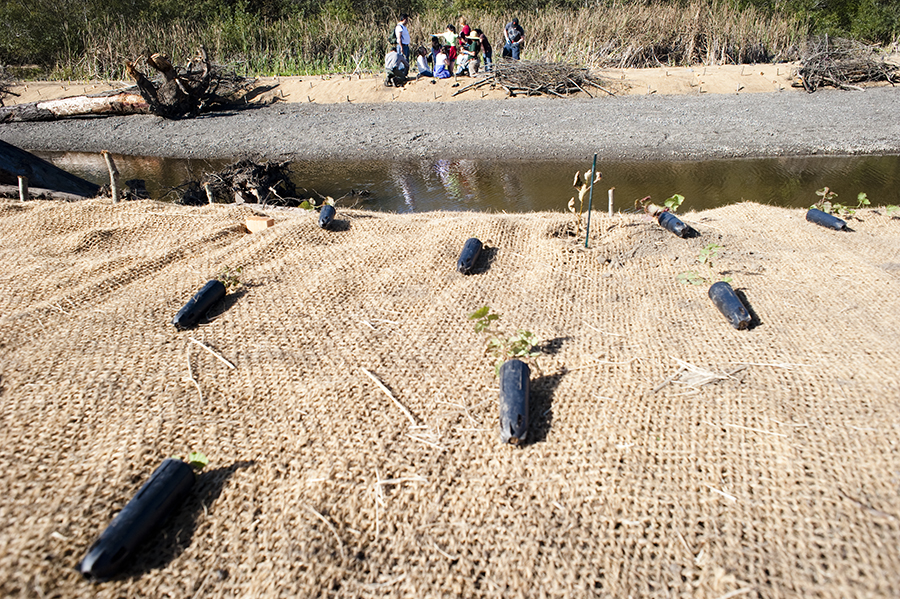Restoring natural creek habitats over long periods of time could help eliminate the amount of greenhouse gases that tens of thousands of homes produce . . .
Creek restorations sequester tons of bad gas, study finds


Restoring natural creek habitats over long periods of time could help eliminate the amount of greenhouse gases that tens of thousands of homes produce . . .